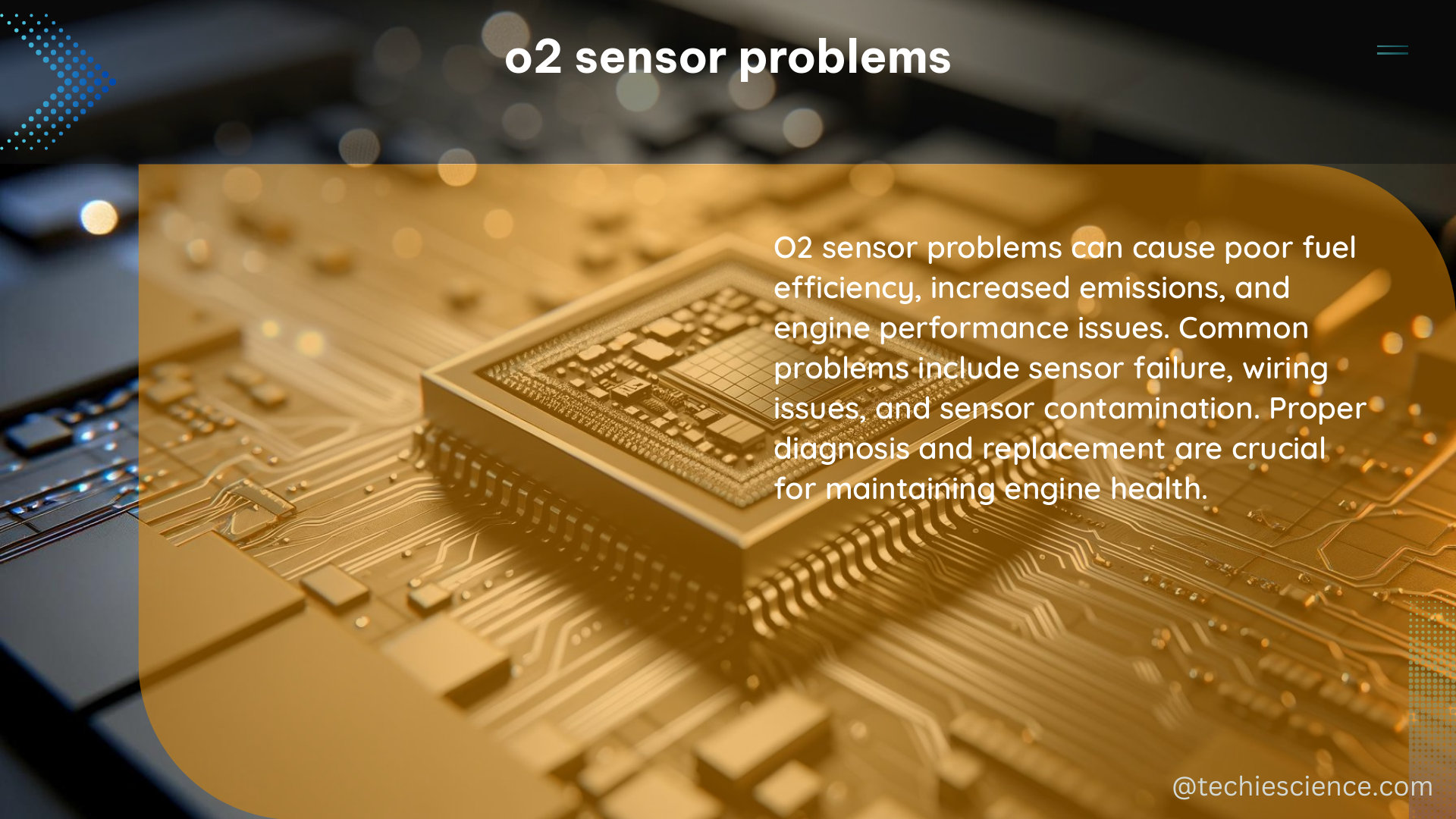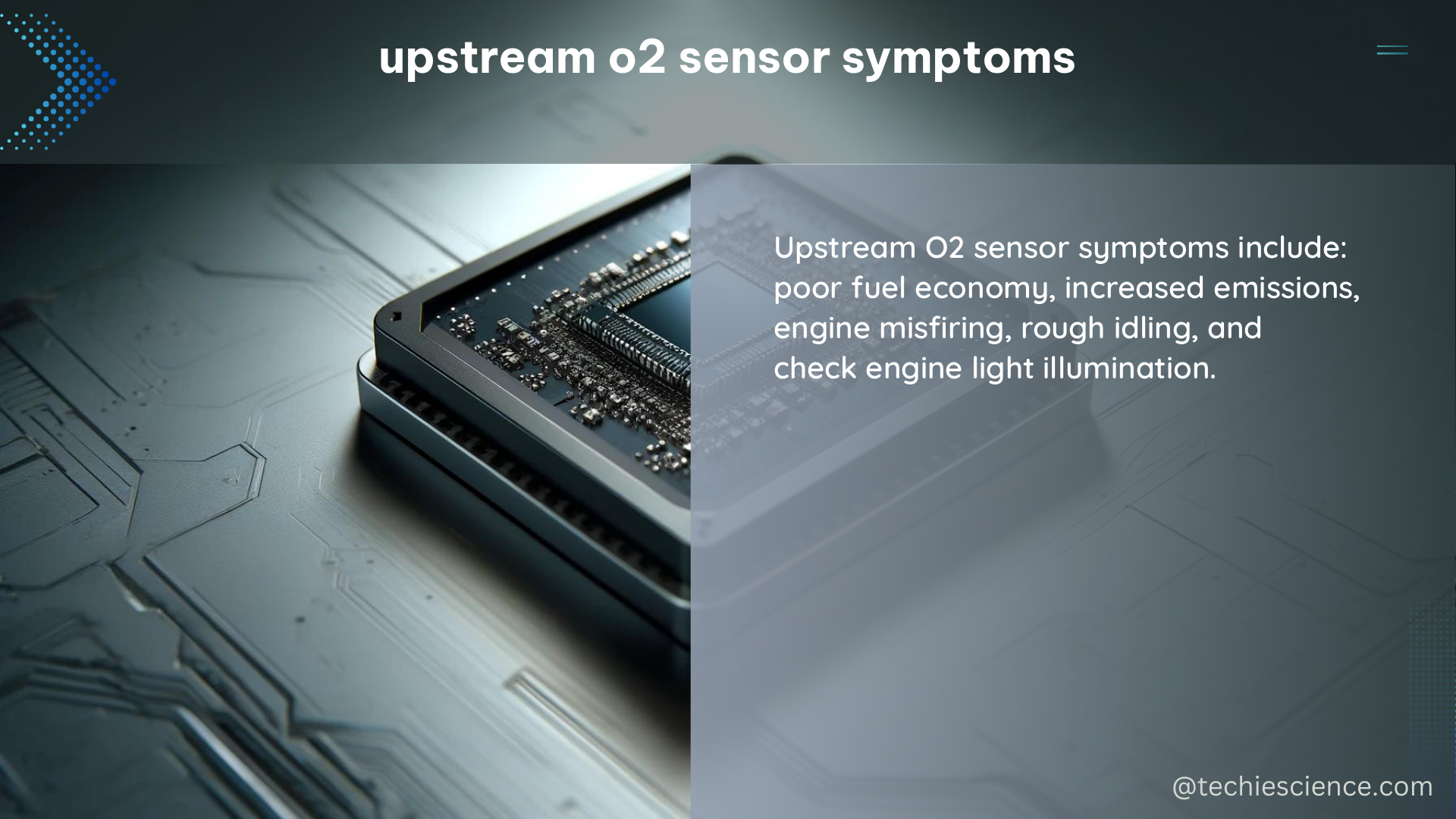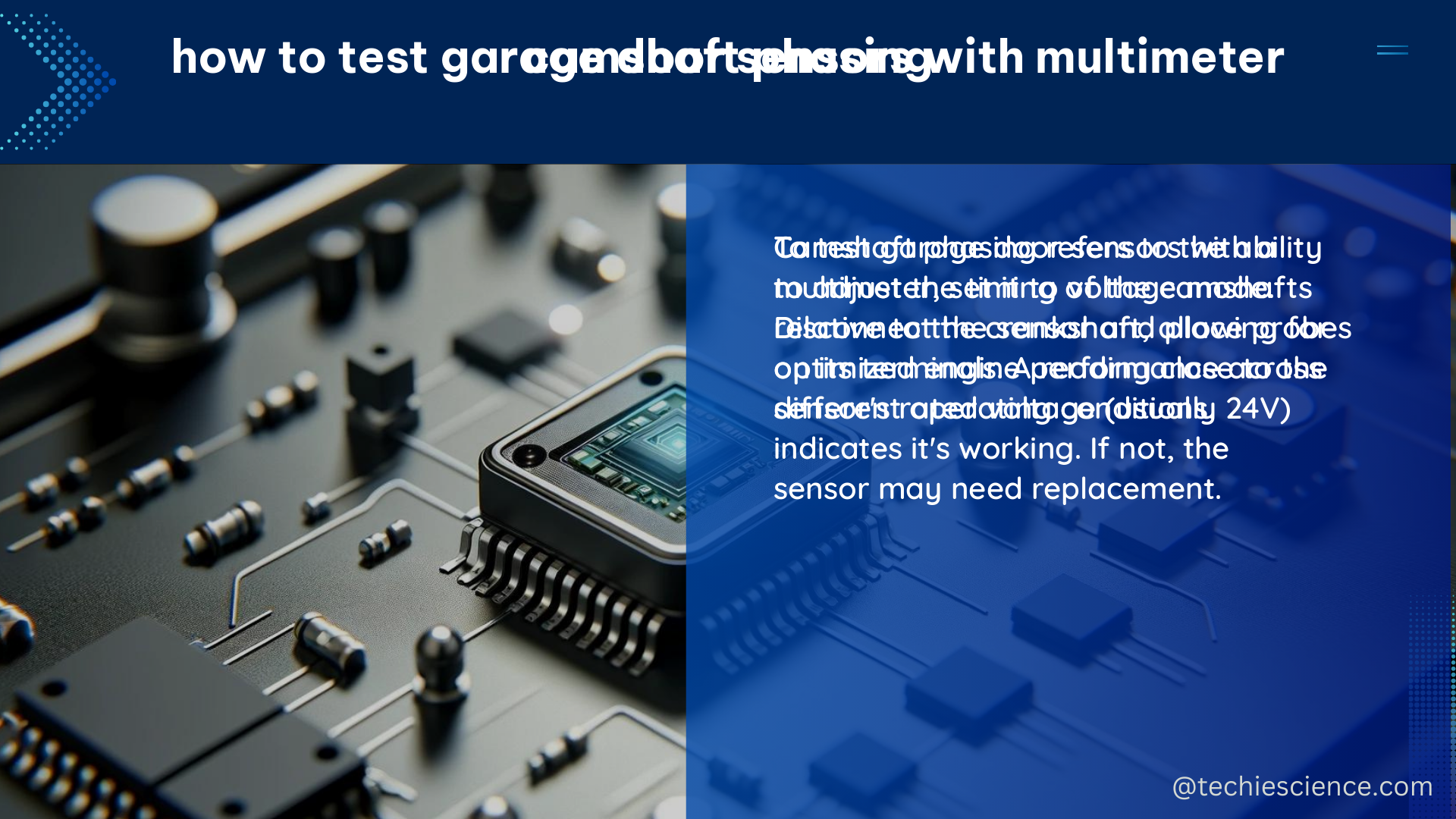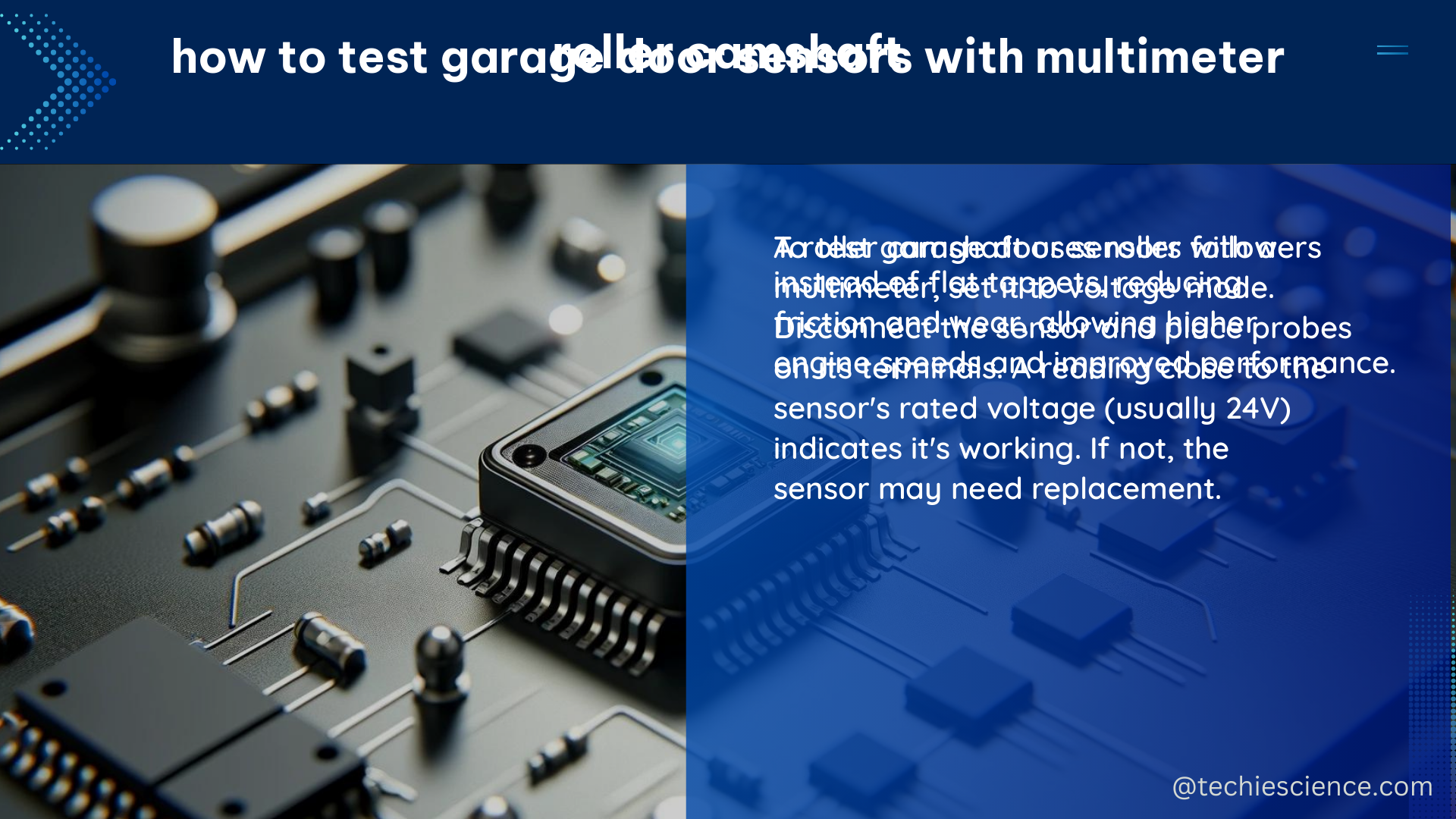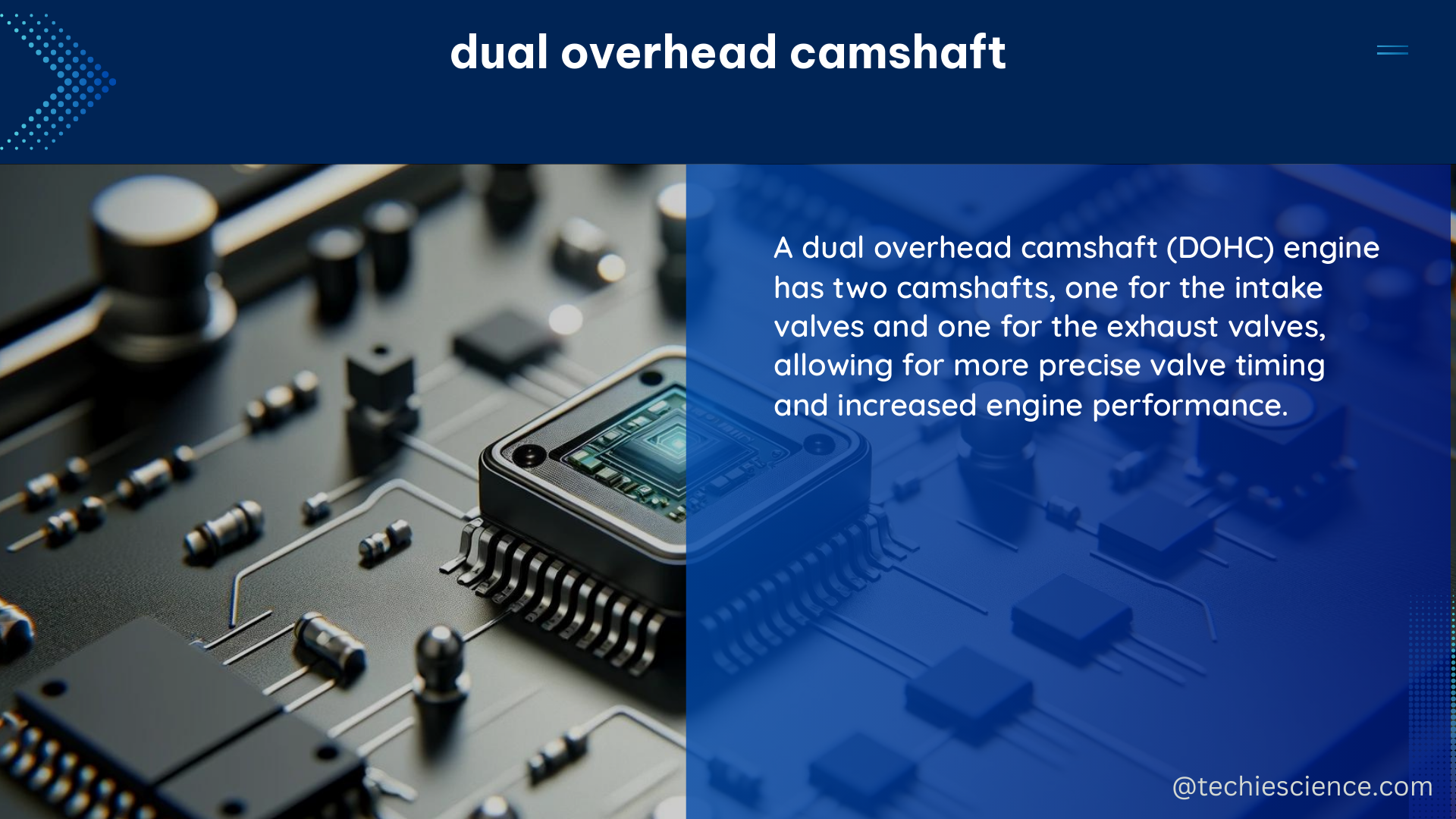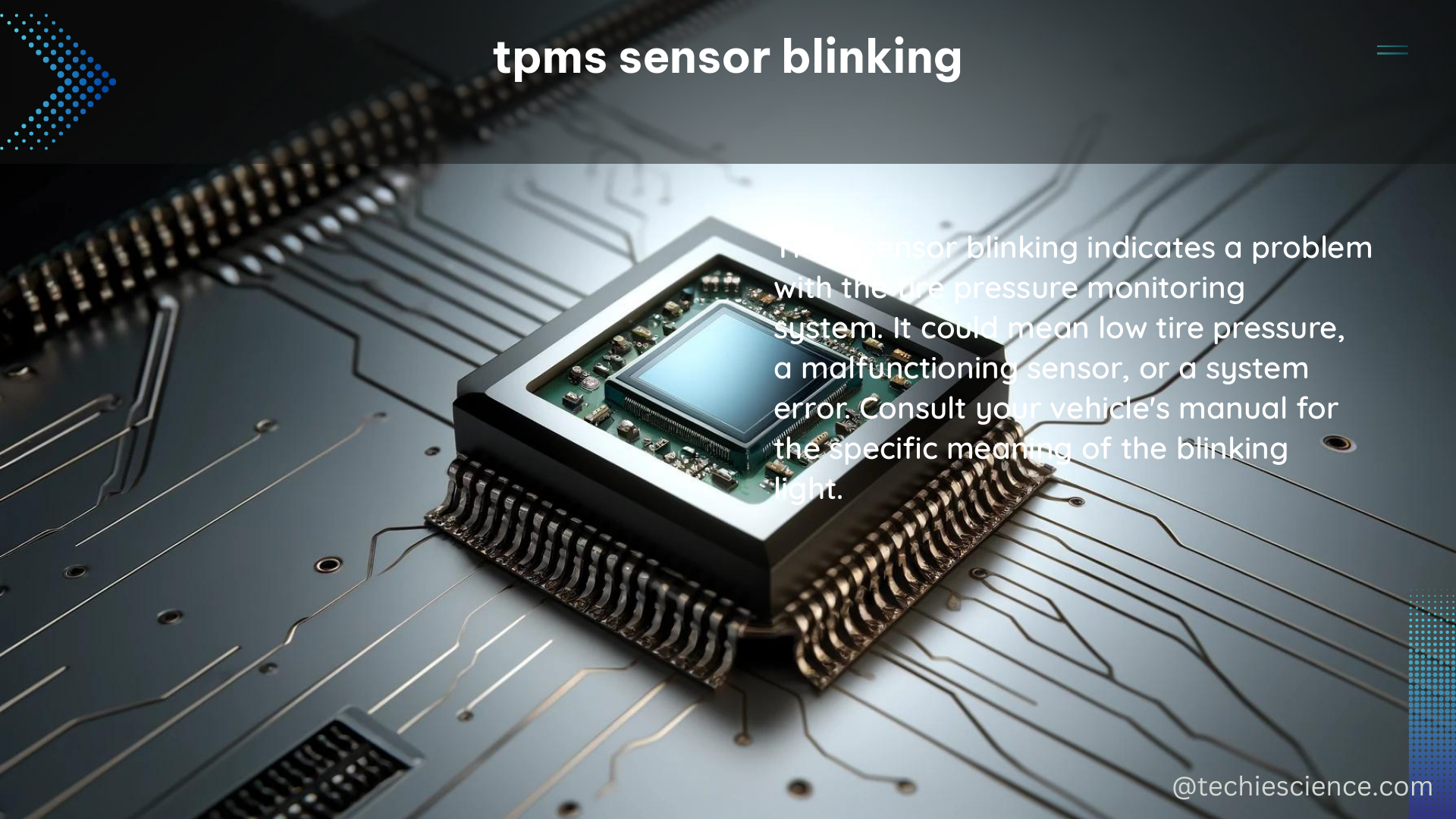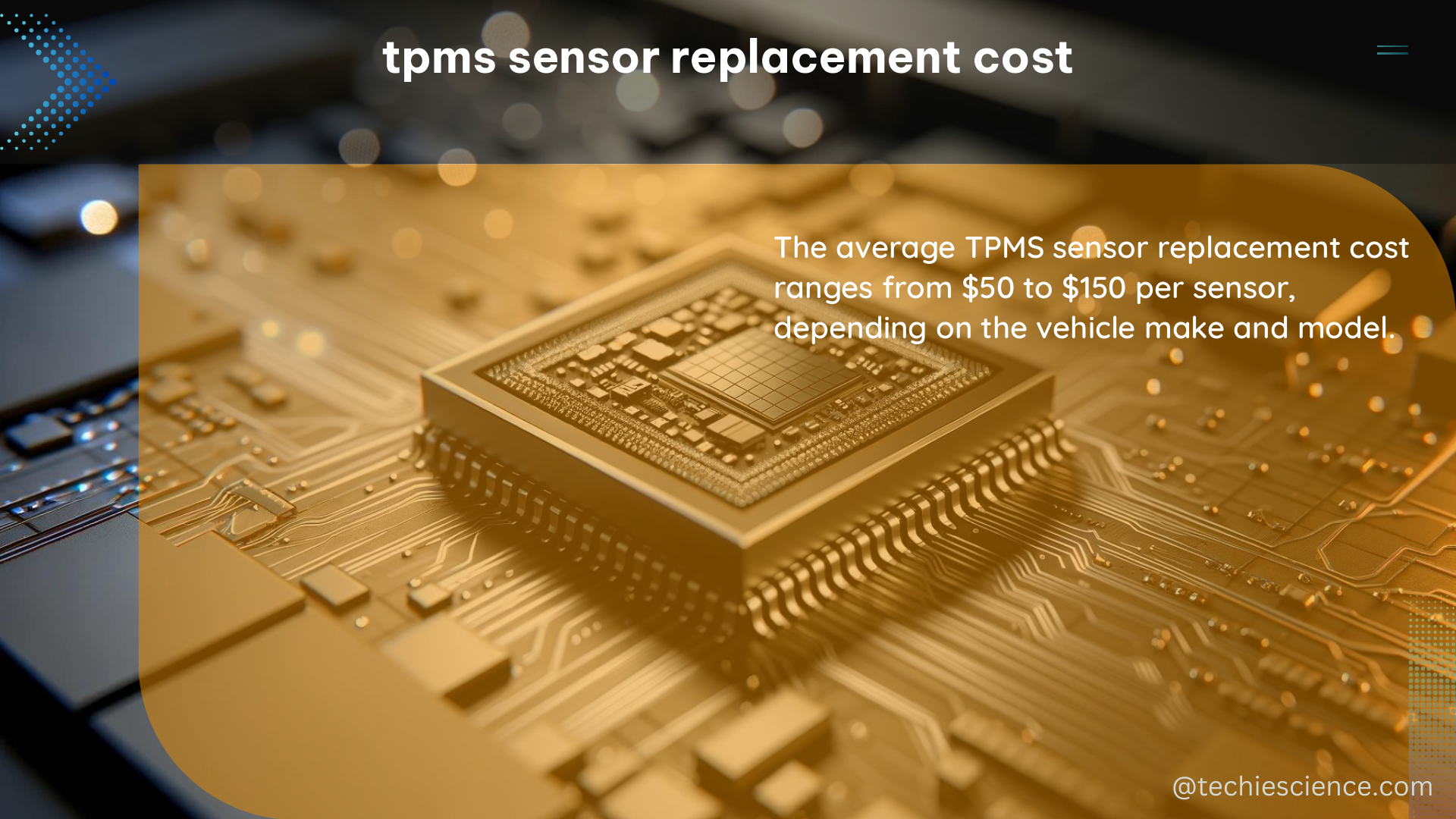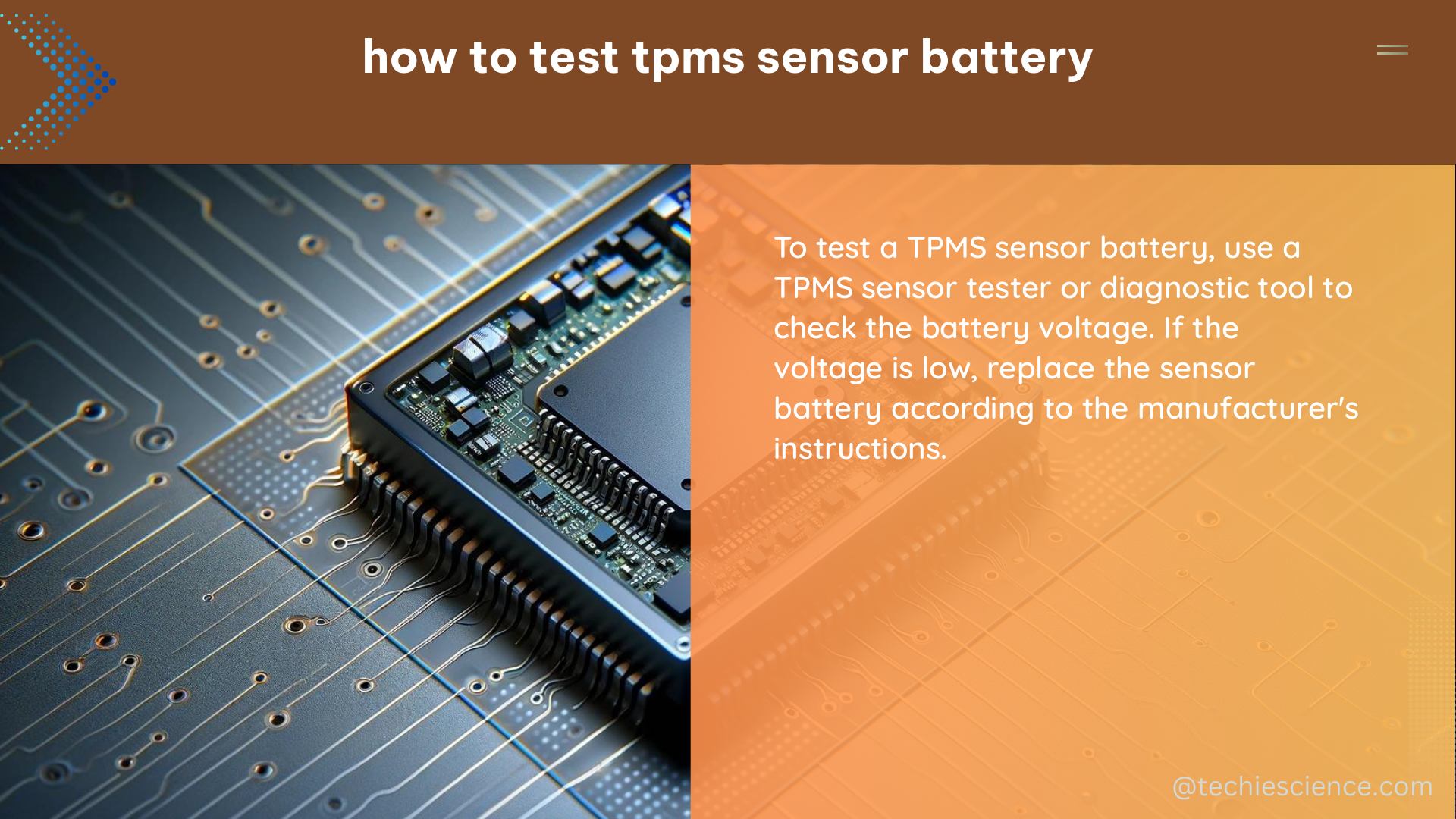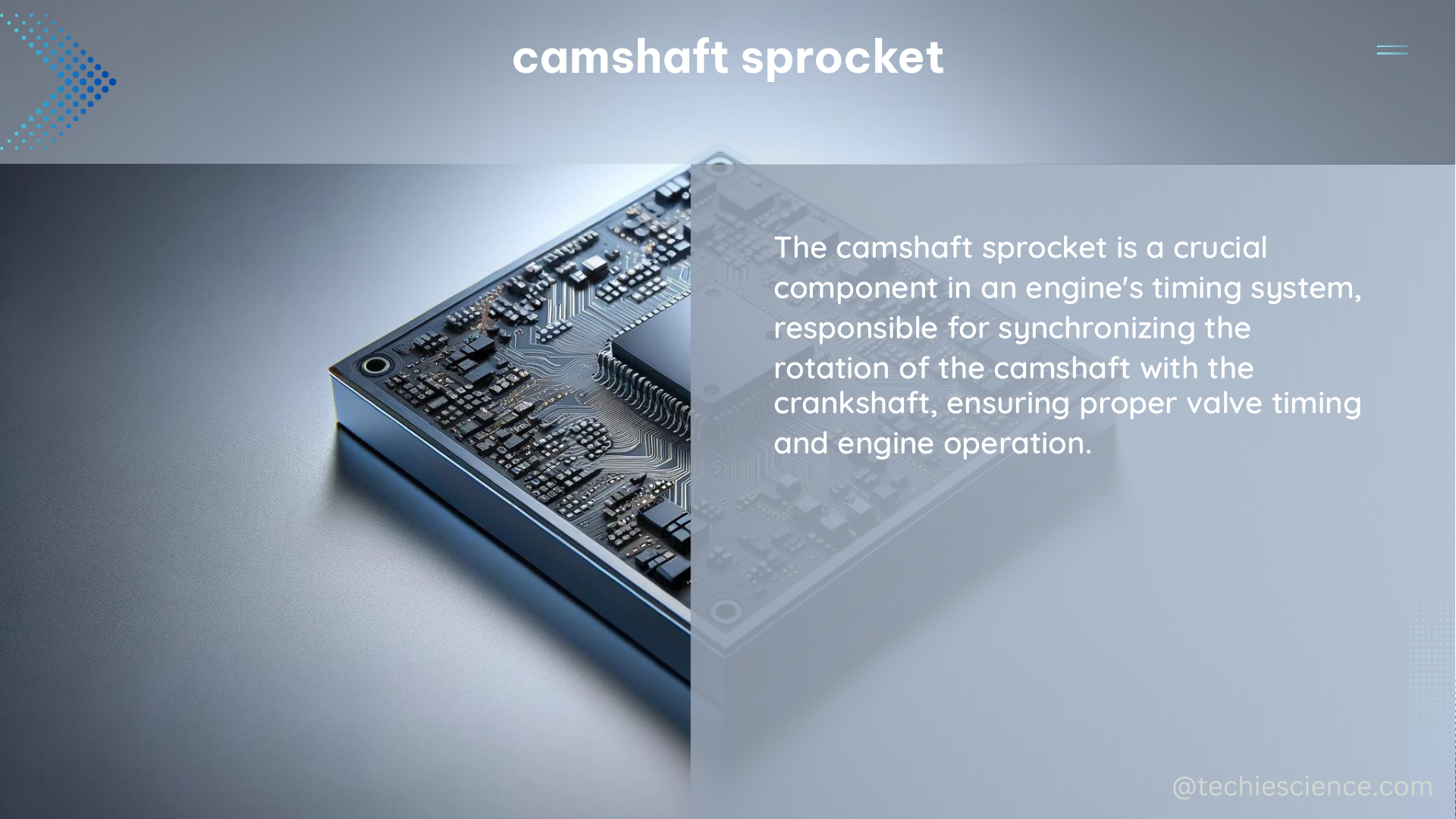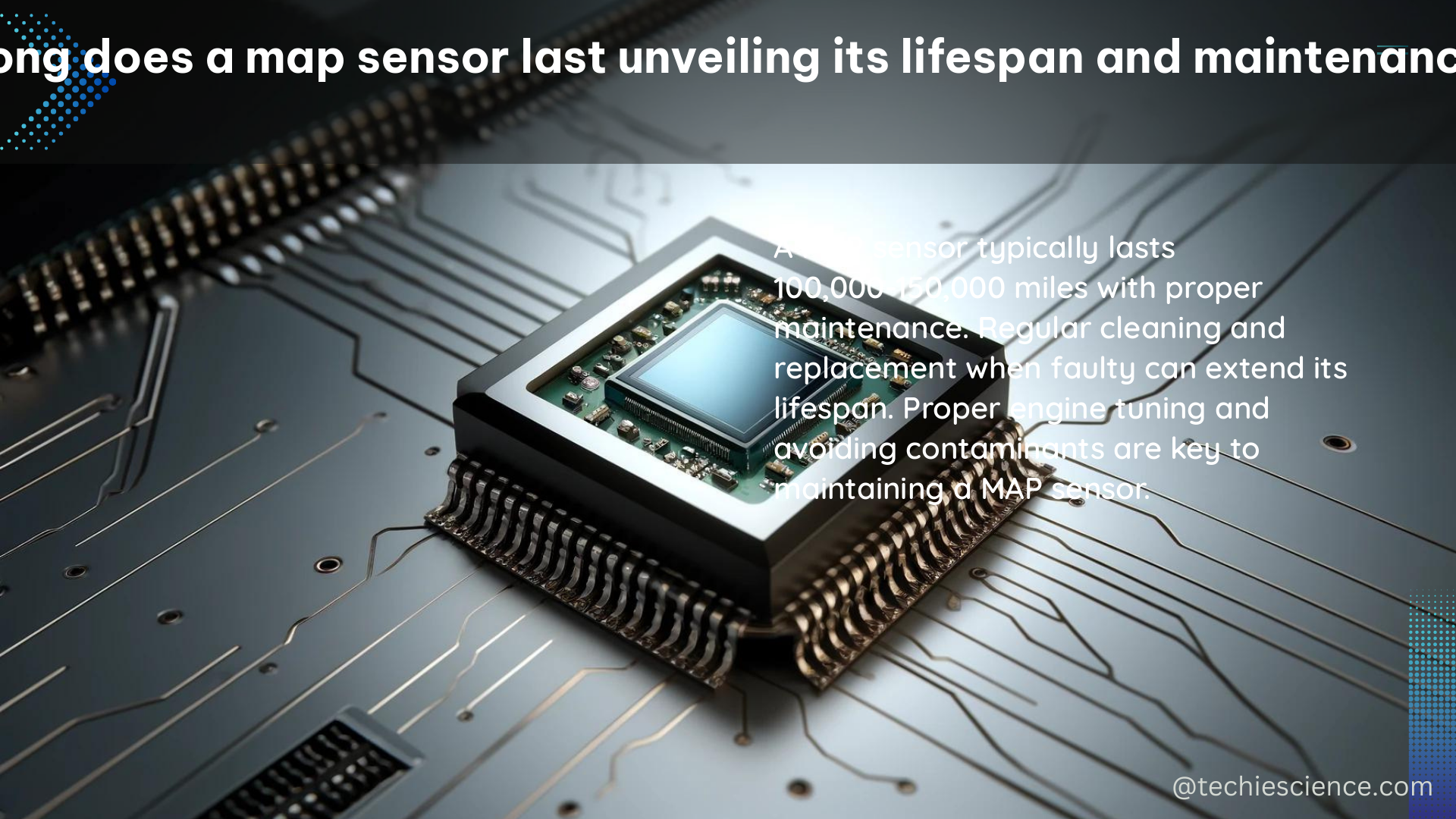Comprehensive Guide to Diagnosing and Resolving O2 Sensor Problems
O2 sensor problems can significantly impact an engine’s performance and emissions, leading to a range of issues such as poor fuel economy, rough idling, misfiring, and sluggish acceleration. Understanding the common causes, symptoms, and diagnostic techniques is crucial for effectively addressing these problems. Understanding O2 Sensor Function and Failure Modes The oxygen (O2) sensor is … Read more
